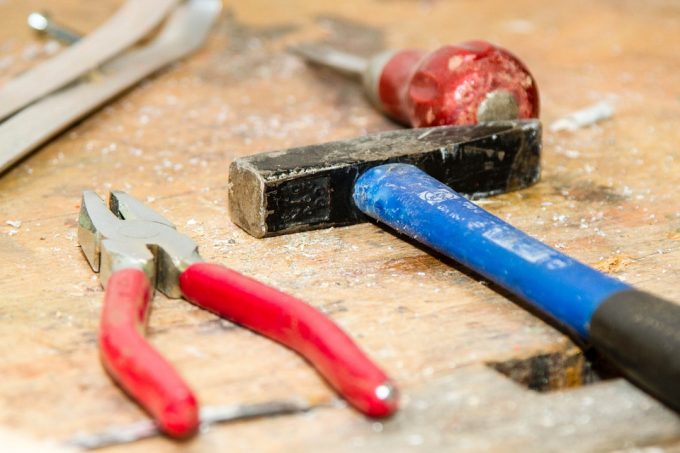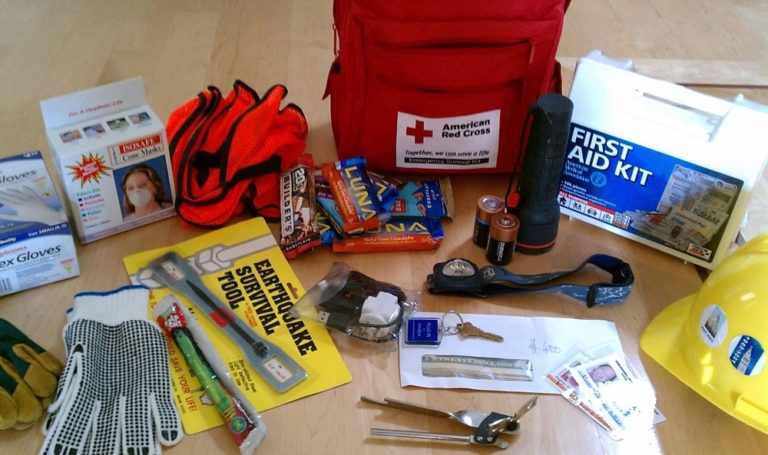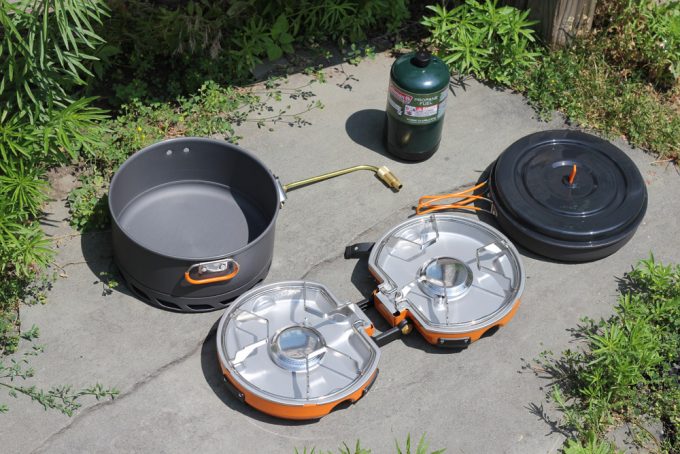Sugar for Wound Healing: Ain’t It Sweet
It is safe to say most people enjoy sweet tasting foods. In fact, sugar is rather addicting and is in large amounts in daily diets, especially those of Americans. A recent study from the Journal of Human Nutrition and Dietetics found sugar makes up 16.3% of the total diet for adults in the 18-34 age range.
With that, sugar has also been proven to be the source of many health issues such as Type 2 Diabetes, increased arthritis inflammation, and a weakening of the immune system. Information about sugar is interesting, but did you know sugar is also an excellent wound agent?
Sugar for wounds healing is a natural process used for thousands of years. It is easy to use and cost effective. When you are in a remote spot or on the hiking trail, injuries can and will happen. Abrasions, cuts, slashes, scrapes, burns and other common injuries on the backwoods trail are not uncommon.
As the Boy Scout motto states, it is always good to be prepared with some first aid knowledge under your belt so you can manage the situations that may arise. This not-so-common bit of knowledge may become common sense for your future outdoor excursions.
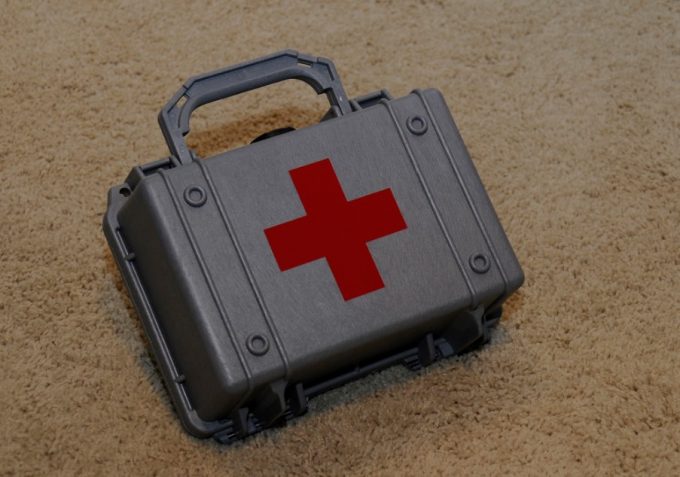
In this article, we are going to look at how sugar works to help clean and heal wounds. We will consider the how, why, and when. Hopefully, we will answer any questions you have about using sugar on wounds.
The Science of Sugar
This section is not going to be as scientific as it will be informational. However, trust us; this information is all based on science.
Don’t Ingest Too Much Sugar: Just a Spoonful of Sugar
Along with possibly developing diabetes, ingesting high amounts of sugar in your daily diet has other negative effects on your body. When your blood sugar is too high, the immune system does not work properly. The Open Journal of Immunology states too much sugar hinders the white blood cells from attacking bacteria and viruses.
These white blood cells also work in the lymph system by removing fluid. If the cells are not working properly, you will notice swelling of the legs and arms. The swelling is called lymphedema and if not handled correctly could result in large sores in these swollen areas.
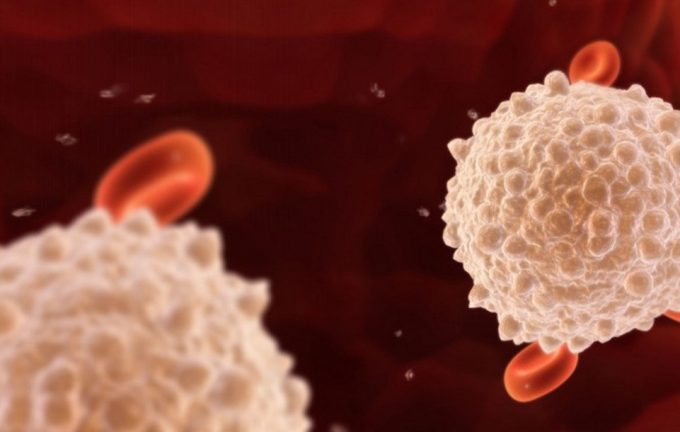
First and foremost keep your blood sugar levels down so your system can work properly and effectively. Next, ingested sugar that keeps your blood sugar levels abnormally high will contribute toward joint inflammation. This type of chronic inflammation can lead to more serious medical issues.
The inflammation slows down the immune system. Long-term inflammation can also cause scar tissue in and around the joint that is more painful. Therefore, keep your blood sugar levels down. Too much sugar inside your body is detrimental to your health. Now, let us look at topical uses of sugar.
Topical Uses of Sugar: Pretty Please With Sugar on Top
Sugar used directly on wounds has a very positive effect, so sugar is not all bad. When you are outdoors, there is a great chance you could get a small wound such as a scrape from a bush, an abrasion from a slip and fall, and other small cuts. Sugar works great on these types of wounds.
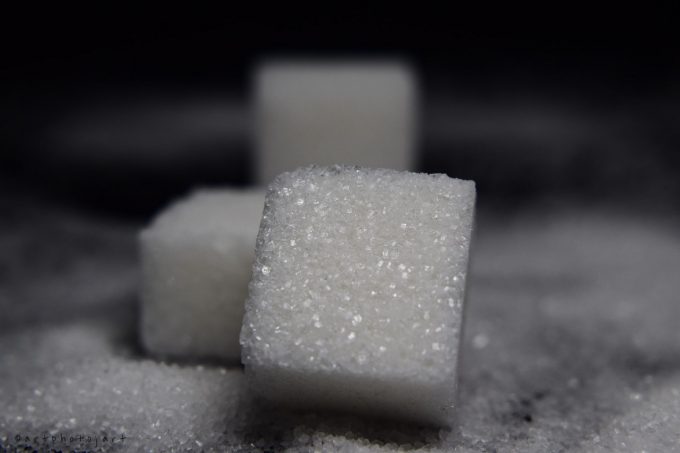
Not only has that, but sugar works great on large wounds and injuries such as lacerations and punctures. The U.S. Army Field Manual 3-05.70 mentions using sugar to heal wounds. Many doctors use sugar in healing postoperative incisions. It is a widely known of and used practice among many in the medical and survival fields.
How Does the Use of Sugar Work: Gimme Some Sugar
With any open wound, there is a chance for bacteria to enter and cause an infection. Bacteria need moisture. Sugar draws moisture out of the wound; bacteria cannot survive in a dry wound.
Sugar also invites special cells, macrophages, to the wound. They fight off the bacteria. Sugar is a very powerful cleaning agent when it comes to wounds. What’s more, it is a common substance and is very cost effective.
Steps to Using Sugar as an Agent of Wound Healing: Sugar Town
There are several simple steps to follow when using sugar in dressing a wound. If you or someone in your travel party knows some simple first aid, it will be sufficient to use sugar as a wound healer. Follow these steps, and you will be on your way to healing the wound. Check out our piece on how sugar heals our body by reading on our earlier article on this topic.
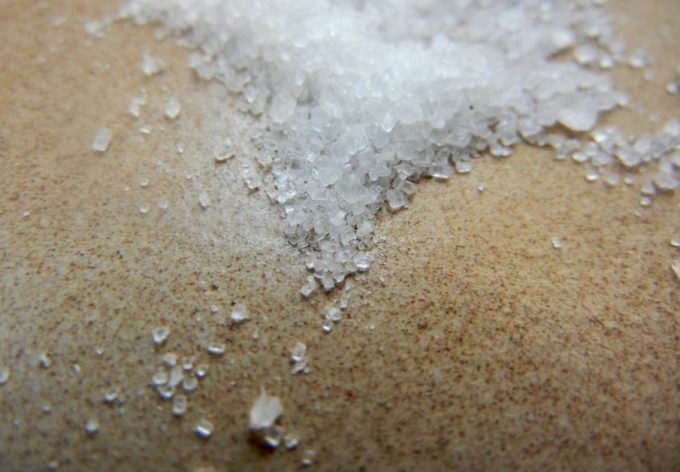
- Clean the wound. When an injury happens, stop and take the time to get a proper dressing on the wound. The longer you wait, the more opportunity for infections to happen. Pour clean water over the wound to remove and debris and dirt. Next, using soap and water clean the wound completely. Remove any foreign bodies in the wound and clean again. Make sure any bleeding has stopped. Pat the wound dry, so there is no moisture left.
- The key to applying sugar is that it has to go into the wound and stay. For abrasions or shallow cuts, you can pour sugar right onto the wound. Use a concentrated amount of sugar and cover the wound. For deeper wounds, you can mix sugar with honey and apply to the injury. The honey will make it stick, and the sugar will still work its magic. In any case, make sure the sugar will stay in place. A study on the types of sugar and the amounts to use found that with small amounts of sugar, bacteria can still grow. However, high concentrations of granular sugar in the wound completely inhibited bacteria from growing. The Journal of Diabetes Science and Technology confirmed the results of the first study.
- Place a bandage or dressing over the wound. Seal the bandage with tape to keep out any impurities or debris and keep any bacteria from coming in contact with the wound. The bandage will also hold the sugar in place. The bandage should be secure, but not too tight as to restrict blood flow.
- Change the bandage at least daily. The bandage needs to be removed in a fast, ripping action. While briefly uncomfortable for the injured, but this motion will remove dead cells around the wound. By clearing the wound, it will be ready to receive the next application of sugar.
- Apply another round of sugar just as you did the first time. Place the sugar directly on or in the wound and hold in place by a fresh, clean bandage.
- Repeat the process until healed. Better yet, make an appointment with your doctor.
Healing Results: Sugartime
Sugar’s healing properties are very desirable for several reasons.
- The healing process is slow which allows the wound to heal from the inside out producing only minimal scarring.
- There are no chemicals used in the process.
- The use of sugar can be a morale booster in the case of larger wounds; the patient can see progress and hope grows.
Supplies to Carry With You: Sugar on the Side
When you are packing for a hike or a camping trip weight is crucial. Each hiker can only carry so much and the cliché “less is more” speak volumes.

The good news is that everything you need you will most likely have with you. Here’s the list:
- Sugar
- Clean water
- Soap
- Bandages/gauze
- Medical paper tape
The list is so simple but will be a real life saver if you have to use it to bandage up a wound.
Pros & Cons of Sugar: Raw Sugar
Most everything in life has two sides; so does sugar. There are pros for using it and cons against it. You will see the pros will outweigh the cons in this instance.
[mks_col]
[mks_one_half]PROS
- Sugar is something you may be bringing; so nothing extra to pack
- Sugar is flexible and canned be packed in a zippered baggie and will fit just about anywhere in your pack
- Sugar is versatile; use it on all sorts of wounds
- Method is easy
- Sugar will also decrease swelling and pain
- Less expensive than special creams and ointments
[/mks_one_half]
[mks_one_half]CONS
- This method needs bandages; so you need to bring them with you
- Sugar can attract flies, so you need to be vigilant, especially in humid climates
- Sugar has been known to cause itching in some people
- The removing of the bandage can be harsh as you need to use a ripping motion.
[/mks_one_half]
[/mks_col]
We have heard so much negative news about sugar it is hard to believe there is a positive side. Most of us love to eat surgery sweets but probably haven’t given thought to use it as a cure for cuts, scrapes, and abrasions. For sure, sugar is a great healer.
Conclusion: Pour Some Sugar on Me
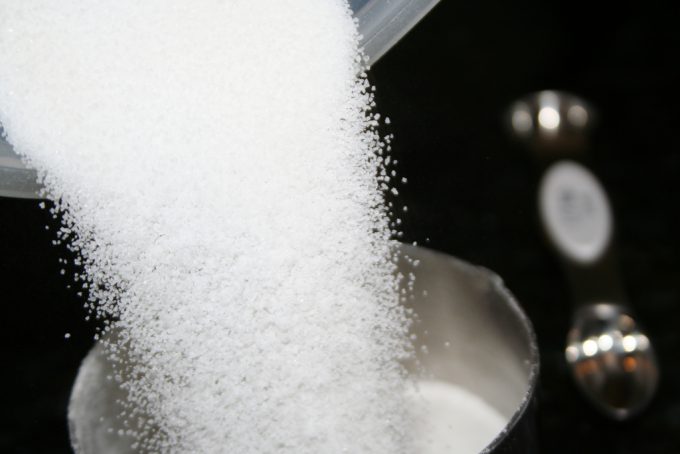
By drawing out the moisture in the wound, it prevents harmful bacteria from growing and making a home in your wound. The grains of the sugar are also excellent exfoliates that remove the dead skin cells. Healing with sugar is a slower process than some others, but the fact there is less scarring is wonderful. Be patient and let a little sugar make you feel better.


